Trinity Atomic Bomb, White Sands Missle Range
Book Excerpt
The test was scheduled for 4 a.m. July 16, but rain and lightning early that morning caused it to be postponed. The device could not be exploded under rainy conditions because rain and winds would increase the danger from radioactive fallout and interfere with observation of the test. At 4:45 a.m. the crucial weather report came through announcing calm to light winds with broken clouds for the following two hours.
At 5:10 the countdown started and at 5:29:45 the device exploded successfully. To most observers the brilliance of the light from the explosion--watched through dark glasses--overshadowed the shock wave and sound that arrived later.
Hans Bethe, one of the contributing scientists, wrote "it looked like a giant magnesium flare which kept on for what seemed a whole minute but was actually one or two seconds. The white ball grew and after
Editor's choice
(view all)Popular books in Reference, Science, History, Government Publication
Readers reviews
It's government/military writing, so don't expect much more than the facts.
- Upvote (0)
- Downvote (0)
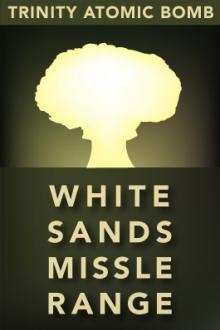
 Free Download
Free Download











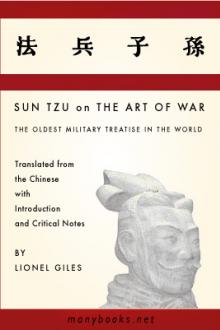
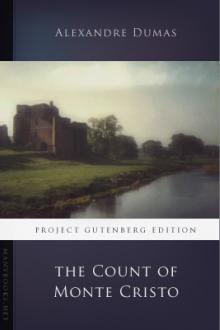
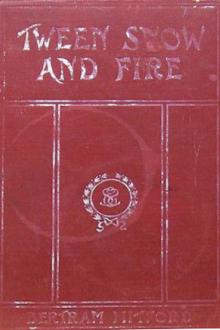
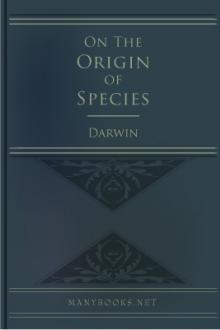

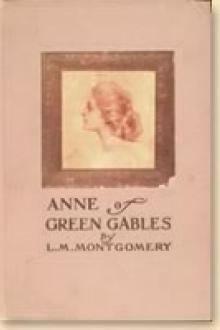
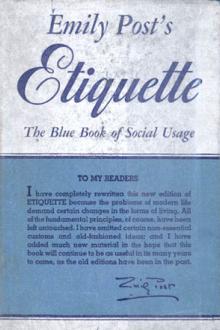
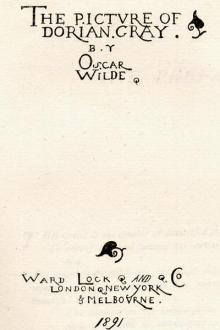
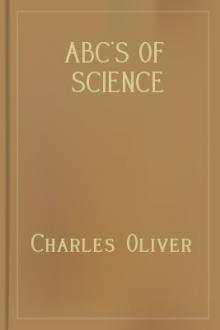

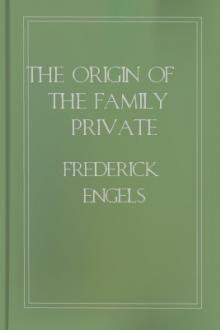
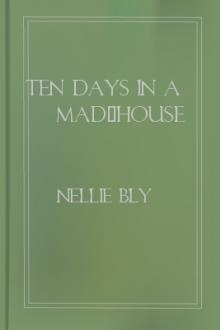
-itok=vcKIB5v1.jpg)
